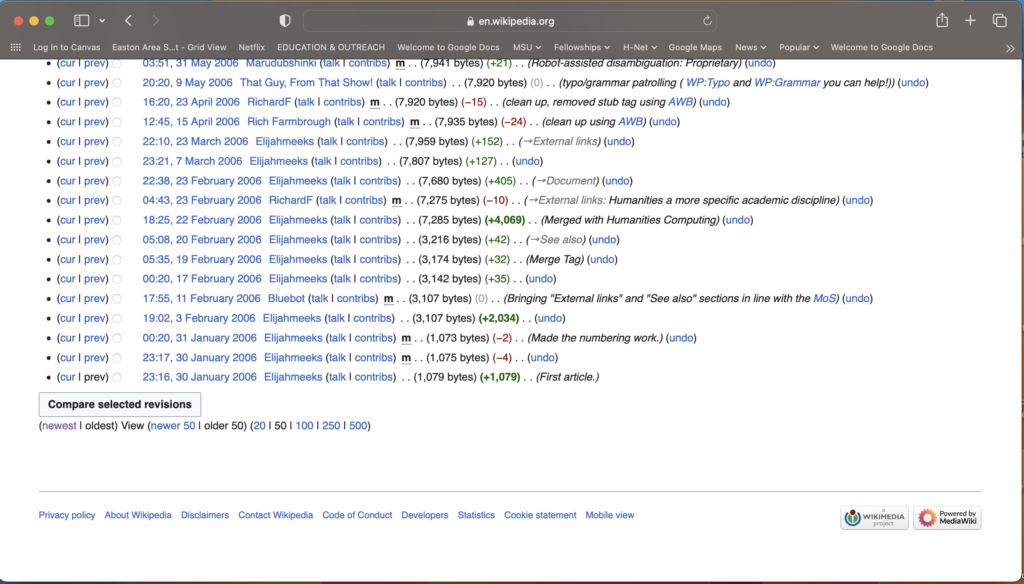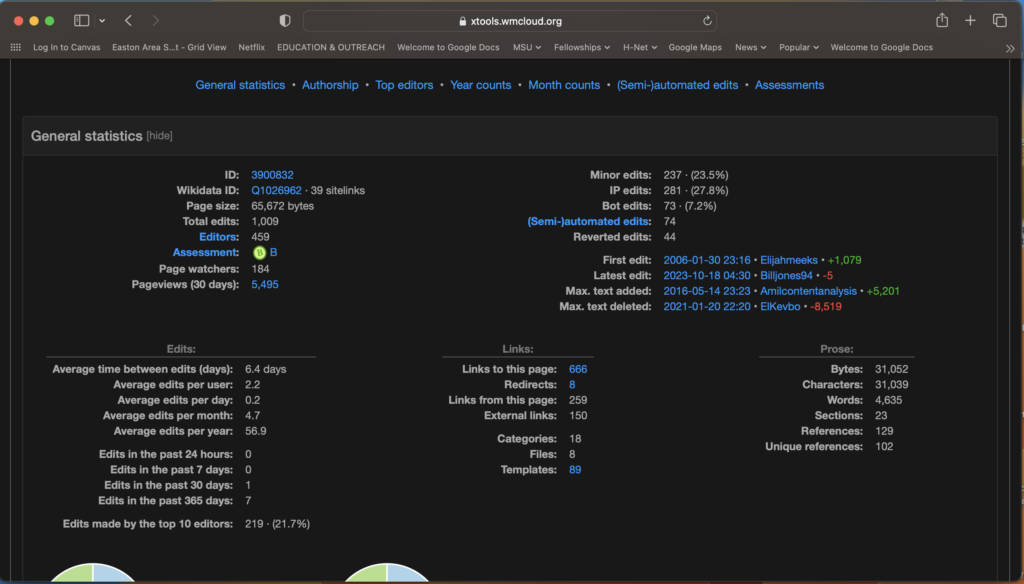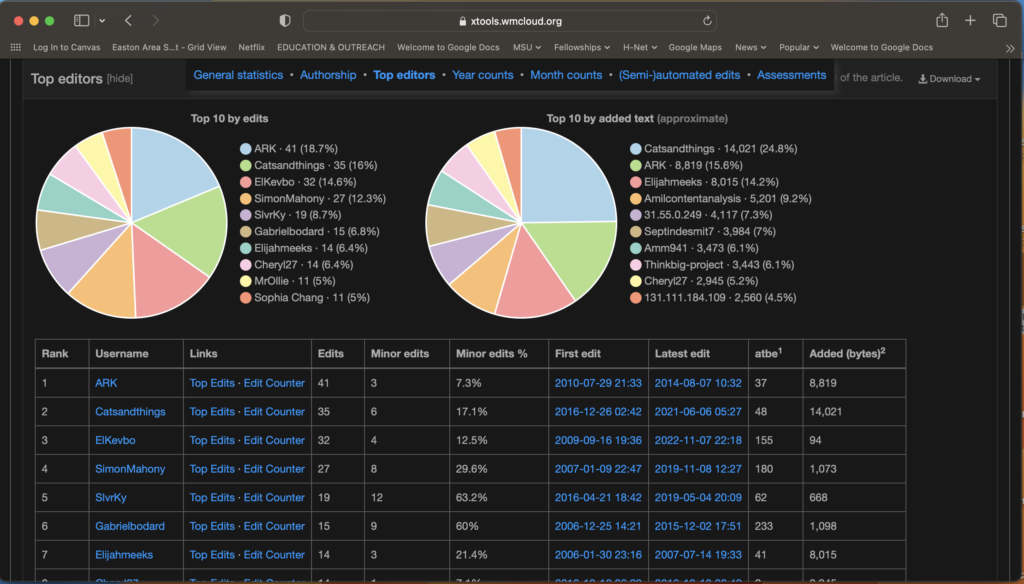On-site Exhibits
The Crane House and Historic YWCA is owned and cared by the Montclair History Center (MHC), formerly known as the Montclair Historical Society. It is located in 110 Orange Rd, Montclair, Essex County New Jersey, some 10 miles west from Newark NJ and 20 miles west of New York City. The Montclair Historical Society was founded in 1965 with the purpose of saving and caring for the Crane House, a federal revival style landmark home originally built in 1796 in 159 Glenridge Ave and moved to its current location in 1965. The MHC cares for two more historical houses, the Nathaniel Crane House and the Clark House. This review will focus on the exhibits in the Crane House and Historic YMCA.
The Crane House and Historic YWCA serves as the backdrop to tell the histories of the Crane family and the YWCA of Montclair. The house was first built by Israel Crane in 1796. He was a successful entrepreneur, owned a general store, several textile mills, and a rock quarry in Newark. He also built a turnpike that facilitated his trading activities between port cities like Newark and the interior. The house remained in the family until the early 1900s.The history presented in the Crane house focuses on the social and economic changes experienced in the Montclair area. The fortune that allowed this house to be built was generated by a merchant family who successfully pioneered and expanded trade from the eastern ports of Newark and New York to the western and central parts of New Jersey. In this regard, the house largely tells a history of opportunity and progress available to a wealthy merchant family during the eighteenth and nineteenth centuries. Parts of the exhibit also mention the presence of domestic servants and slaves that lived in the house, although information about them is neither abundant nor prominently displayed.
Details about the layout and architecture of the house are displayed throughout the house to help visitors contextualize the histories told in the two exhibits. The house is a three-story home with four bedrooms in the second floor, two sitting rooms, one dining room and kitchen in the first floor, and a basement. The basement is mainly used for lectures. Rooms in the second floor have not yet been updated to reflect the interpretative vision of the house so I will not include them in this review. Visitors enter the house through a back door that goes into a foyer from where one can see the front door, a staircase going to the second floor, and access to four rooms in the main floor. In the foyer, visitors will find pictures depicting members of the Crane family, and documents illustrating different moments in the family’s history. Most of these documents are under a glass cabinet, so visitors cannot touch them, but they are still clearly legible.
In addition to the foyer, two rooms in the main floor are dedicated to the Crane family. A sitting room and the dining room. Both are furnished with donated eighteenth and nineteenth century furniture, pictures and paintings of the family, and even a family tree commissioned by James, a son of Israel. Visitors can walk around the rooms and find copies of original newspapers and documents related to the family and the Montclair area. For instance, one can see the document that released James Crane from military service after the civil war. Members of the Crane family lived in the house until the early 1900s.
The house was rented for some time until 1920 when it was bought by the Young Women Christian Association (YWCA) of Montclair North-Essex to be used as their headquarters. For most of the early twentieth century, the YWCA was a segregated institution. The YWCA in Montclair was peculiar in that it was not affiliated with a white YWCA. During this period, the house was used as dormitories, social center and offices. African American women who arrived at Montclair seeking housing, employment, or entertainment could find respectable and safe accommodations and leisure in the YWCA. In 1965 the YWCA needed more space and considered demolishing the existing house and building a new structure in the land they owned. A group of concerned citizens argued for preserving the original house and suggested it be moved to a different location. Land was donated and the house was moved to its present location.
The remaining two rooms in the main floor are used to tell the history of the YWCA in Montclair. In the kitchen, visitors can walk around a small table that holds more copies of documents and newspapers. Here, visitors will find census data detailing the demographic history of African-Americans in Montclair and Essex county, newspaper clippings of classified adds seeking domestic workers, and pamphlets promoting social events geared to African-American women. From here, one can walk to a second sitting room, more modern in its furnishings and, the only one where one is allowed to sit on the furniture. In one of the walls, there is life-size photograph that was taken in this very room, depicting some of the women who lived in this house. One can also find an iPad where visitors can listen to interviews conducted with women who lived in the house and watch a short documentary produced by the MHC narrating the stories of these women and the YWCA in Montclair. There is a clear interpretative shift in these two rooms where the exhibits seek to use the experiences of the YWCA, and the women who lived in it, to introduce visitors to the larger history of race relations, African-Americans, and women in Montclair and Essex County.
The exhibits at the Montclair History Center are geared to students and the general public. When I visited, I was accompanying a group of university students during a weekday. The director of the Center explained that the Center is open for guided and free visits on Sundays and for school visits during the week. They get a reasonable number of visitors, but they are rarely very busy. They also get a regular influx of visitors to their archives and library.
For most of its history, Crane house was used to tell the history of the Crane family and Montclair. Over the past 15 years, there has been a deliberate attempt to also add the history of the YWCA to the permanent exhibits of the Center. There has also been a greater attempt to engage the visiting public with the sources that can help us document the history for the house and the larger community, hence the use of documents and newspaper clippings present in the exhibits. This is meant to balance the immersive experience of simply walking through the rooms of the house. There are few signs for directions and information. I think this helps maintain the immersive experience, but at times, one could use additional information, particularly geographical information. Even though most visitors are local, the exhibits assume a high degree of knowledge about the Montclair and north-Essex area that some visitors may not have. The life-size photograph in the YWCA room made very good use of an image that could be clearly tied to a specific place in the house. A regular size picture hanging on a wall, could have conveyed the history of the space, but the enlargement and placing of the photograph does convey the sense of one entering the room where these women met. The power of this effect could be enhanced if the voices were projected through the room rather than played on an iPad, But that would of course require more technical arrangements that may not be justified or possible given the resources of the center.
In general, the space is adequate for no more than 15 visitors at the time. Having visited with a group of 25 students, we had to be divided in two groups and even that proved less than ideal. This is, however, a function of using an old house to the tell history. Given the limitations of space, the exhibits are well displayed and, if visitor numbers are kept under control, they should be able to navigate the space with ease.
I was able to talk to the director of the Center, and she expressed her plans to use the rooms in the second floor to expand the exhibits. The steps the Center has taken to use the documents in their archives to further engage the public in their exhibits seems a valuable tool. I would further advise creating some materials that can be unobtrusively displayed to offer more context and information on the house and objects displayed in the exhibits. Also, given the mission of the center to document the history of Montclair and Essex county, it would be useful to add more geographical tools and information about the surrounding areas.
Online Presence
The Montclair History Center has a limited online presence in the form of a website that explains the goals, history and services of the Center. The website includes information about the exhibits, but no actual exhibits. Instead, one can find brief historical summaries of the three historical houses cared for by the Center accompanied by some photographs taken from their archives.
The audience for the website are potential visitors, both private and institutional. The website is well organized. It includes some items that relate to the history of Montclair more generally. For instance one can download a booklet describing several self-guided walking and bike tours around the town of Montclair. It also includes announcements for future events and exhibits, and a description of research services. It also includes a link to the documentary that the MCH produced about the women who lived in the YWCA.
The website does not include any interactive elements. and, as far as I could see there are no opportunities to communicate with the site’s creators. Having said this, during my on-site visit I spoke to the director of the Center and she mentioned that they are in the process of finalizing a new web strategy and they hope to develop more online exhibits in the future.
I believe digital media could be used to offer visitors the opportunity to expand the scope of their visit. The on-site exhibits are clearly limited by the reduced space that the house offers. Online exhibits could help display more objects, documents and information and complement and expand what the on-site exhibit offers. For instance, it would be interesting to see some of the trade routes that were opened during the time of Israel Crane, I think adding interactive maps to both the on-site and online exhibits could really help better contextualize the history of Montclair and the role it played in connecting port cities like Newark with farming lands in the interior of New Jersey and Pennsylvania. Some of these maps were on display in the archive section of the center. I think they, together with other documents, could be digitized and added to a more robust online exhibit. In this way the house and its exhibits can serve as a window into a much larger history.


